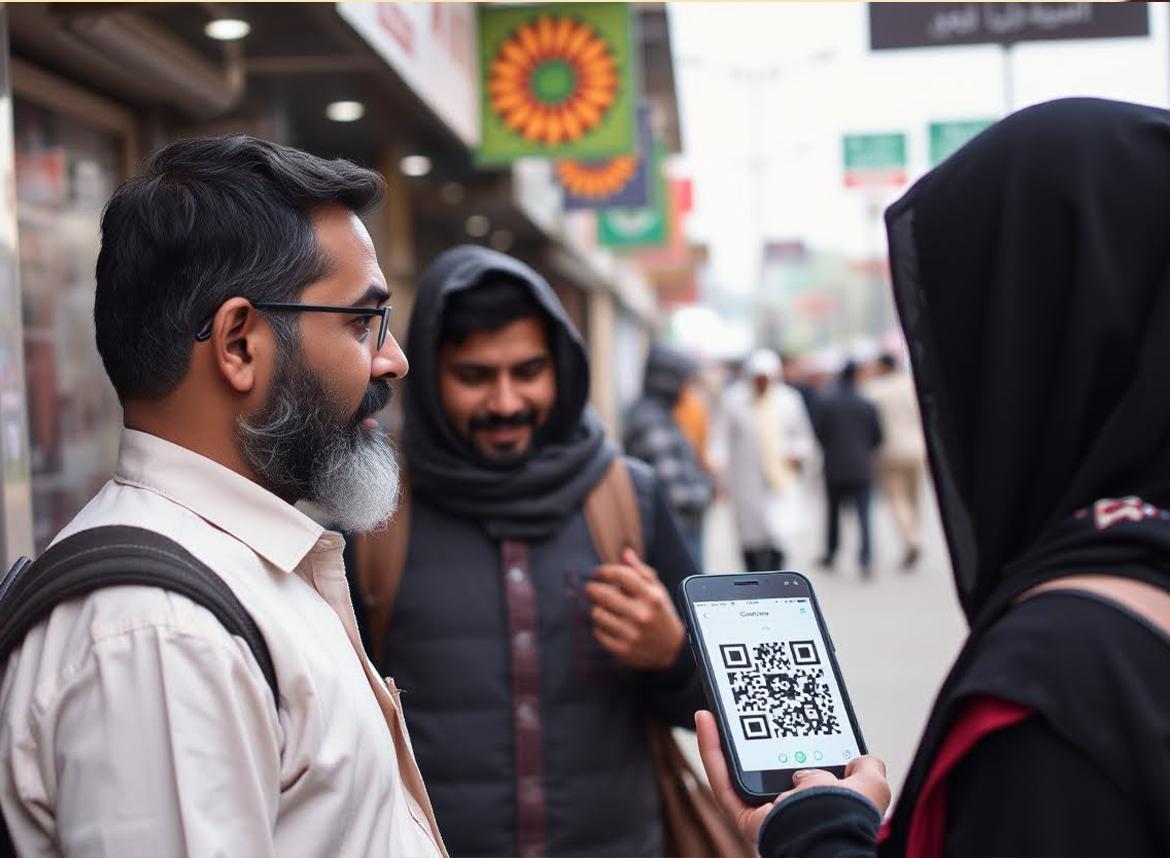Financial inclusion has become a vital focus for countries worldwide, especially for developing economies like Pakistan, where a significant portion of the population remains unbanked or underbanked.
As the global landscape continues to evolve, the ability to access and utilize financial services has emerged as a key driver of economic growth, poverty alleviation, and empowerment. While Pakistan has made commendable progress in introducing innovations aimed at enhancing financial inclusion, substantial barriers persist, especially regarding gender disparities and infrastructural limitations.
According to the World Bank’s Global Findex for 2021, only 21% of adults in Pakistan have access to formal financial services, starkly lower than the global average of 69%. The gender gap in financial inclusion is particularly concerning, with women comprising a disproportionately low percentage of those who are financially included.
Recent data from the Karandaaz Financial Inclusion Survey (K-FIS) reveals a slight increase in female financial inclusion, reaching 13% in 2022—an encouraging development, yet still indicative of the challenges that lie ahead.
Table: Financial Inclusion in Pakistan (2021)
| Financial Inclusion Metrics | Adults Included (%) | Women Included (%) | Men Included (%) |
| Pakistan (2021) | 21% | 13% | 47% |
| Global Average | 69% | N/A | N/A |
Innovations Driving Financial Inclusion

The financial inclusion landscape in Pakistan has seen rapid advancements due to innovations in fintech and digital solutions. These technological developments have been key in addressing barriers to financial access, especially for underserved populations such as women, rural communities, and low-income groups. The widespread adoption of mobile technologies, branchless banking, and digital payment systems has reshaped how individuals engage with financial services.
The surge of mobile banking and digital wallet services is one of the most transformative innovations in Pakistan’s financial landscape. With over 183 million mobile phone users, mobile financial services are gaining traction, particularly in rural areas where traditional banking infrastructure is sparse. Services like Easypaisa and JazzCash have democratized access to financial tools, enabling individuals to transfer money, pay bills, and access credit through their mobile devices.
According to the K-FIS, the use of mobile money among adult women increased from 2% in 2020 to 6% in 2022, highlighting a growing acceptance of these platforms. This shift was largely driven by the need for contactless transactions during the COVID-19 pandemic, which prompted a surge in mobile wallet registrations.
Branchless banking models have effectively extended financial services to underserved populations in Pakistan. Retailers and shopkeepers acting as banking agents facilitate services such as account opening, money transfers, and bill payments.
In areas where formal banking institutions are non-existent, this model has proven especially effective. For example, Easypaisa, initially launched as a mobile wallet, now allows users to withdraw and deposit money through a network of over 170,000 agents across the country. Similarly, JazzCash has partnered with local businesses to provide financial services to millions of Pakistanis, helping bridge the gap between the formal financial sector and underserved communities.
Gender Gap in Financial Inclusion

| Women Financial Inclusion (%) | Year |
| 3% | 2014 |
| 6% | 2015 |
| 5% | 2016 |
| 7% | 2017 |
| 7% | 2020 |
| 13% | 2022 |
Table: Gender Gap in Financial Inclusion (2014-2022)
Despite the progress made in financial inclusion, several barriers continue to prevent many Pakistanis, particularly women and rural populations, from fully accessing formal financial services. These obstacles stem from deep-rooted cultural, societal, and technological challenges, limiting the impact of innovations and policy efforts aimed at improving financial access.
Cultural attitudes towards women and financial independence play a crucial role in limiting female financial inclusion. In many parts of Pakistan, women are often discouraged from managing finances or engaging with financial institutions. For example, in certain rural areas, traditions dictate that men handle all financial matters, leaving women financially dependent. This has led to a lower level of awareness and a lack of confidence in using financial products among women. According to the World Bank’s Findex data, only 7% of women in Pakistan held a bank account in 2022, compared to 21% of men, underscoring this gender gap. Moreover, women are often not allowed to travel alone to bank branches, further restricting their access to formal banking services.
While mobile penetration is high, the quality of internet access remains inconsistent, particularly in rural areas where infrastructure is underdeveloped. Although mobile banking and digital wallets have the potential to bridge the financial access gap, many people—especially women—do not own smartphones or lack the digital literacy required to navigate these platforms effectively. For example, the digital literacy rate in rural areas is significantly lower than in urban centers, and the absence of reliable internet access in many parts of Balochistan and Sindh severely limits the adoption of mobile banking services like Easypaisa and JazzCash. Additionally, there are cases where even if women own mobile phones, they may not have the permission to use them for financial transactions, further compounding the challenge.
To bridge the gender gap and enhance overall financial inclusion in Pakistan, a comprehensive strategy must be adopted. A key component of this is enhancing financial literacy.
Implementing widespread financial literacy programs will help educate the population about the benefits of formal financial services, particularly women and marginalized communities, enabling them to use financial products effectively.
Countries like India have made remarkable progress in this regard; even street vendors in urban areas use QR codes for payments, showcasing how deeply integrated digital finance has become in everyday transactions.
Lastly, public-private partnerships can play a pivotal role. Collaboration between the private sector, government, and non-governmental organizations can leverage resources and expertise to ensure that the most underserved populations, particularly women in rural areas, gain access to essential financial services. With a coordinated effort, Pakistan can overcome the barriers and move towards a more inclusive financial landscape.


